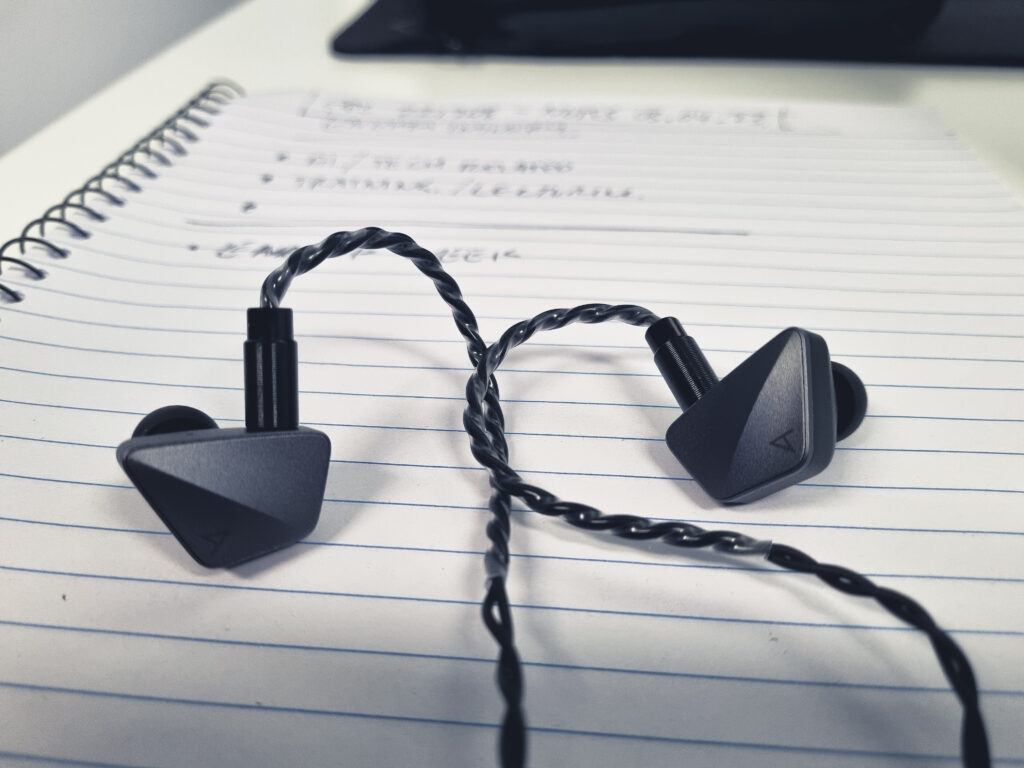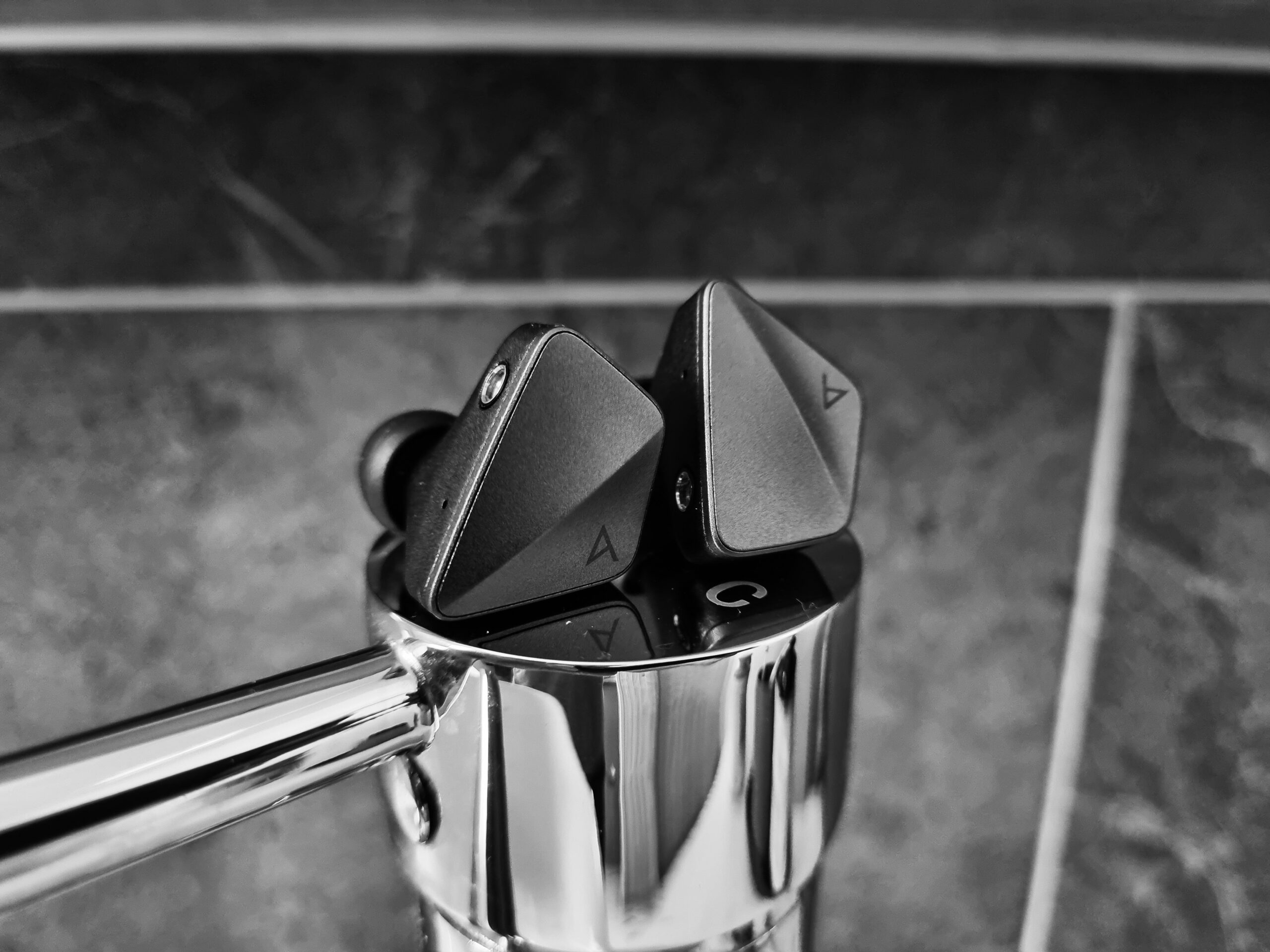Sound Summary

Harman-inspired sound signatures and tuning philosophies have become the gold standard for IEM design. However, the harman target response curve’s ubiquity in English-speaking markets has failed to secure its footing in Southeast Asia. The eclectic tuning flavours of the East lean towards unadulterated brightness and clarity — tastes a harman-based tuning fails to satiate.
The Zero1 was tailored to be a quirky outlier. The Zero1 has an aggressively forward U-shaped signature favours ultra-macrodynamic contrast between the lower and upper registers. The Zero1’s bass region exhibits a flat/neutral mid-bass response, followed by an unapologetic extension in the upper treble. This hyper-presentation of air and sparkle yields an ethereal/sonorous quality uncharacteristic of all the IEMs have tested in my brief tenure as an audio reviewer. Paired with the Zero1’s nimble and taut bass, listeners are left with a technically proficient and snappy IEM with a penchant for entertainment and excitement.
Accordingly, the Zero1 excels in presenting male and female vocals at the forefront of the mix with crystalline clarity. Lyrics are easily perceivable and decipherable amidst complex passages of music in genres such as Black Metal. However, this focused exertion in the highs results in persistent sibilance in odd-harmonic instrumentation. Responsively, the upper registers’ peakiness is especially sensitive to medium-to-large swings in volume. On occasion, this resonant glassiness proves to be overly fatiguing during long-listening sessions.
Furthermore, the voluminous scoop in the midrange, the most prominent frequency band in human perception, hinders Zero1’s ability to present the body of each note. The timbral and acoustic presentation that define what makes an instrument an instrument takes on a layer of peculiar artificiality.
It is profoundly clear to me that the Zero1 has chosen to specialise in razor-sharp bottom-up detail retrieval and tactility first and timbral authenticity second. Let’s investigate Zero1’s sonic performance further.
Bass
As discussed, the 5.6mm dynamic driver in the Zero1’s driver array has been relegated to the lower registers of the frequency band. Here, the Zero1 displays remarkable dexterity and discipline. Operating like a seamless piston, bass transients are as fast as they are nimble, responding with outstanding control to spontaneous shifts in amplitude. I was particularly impressed by the lack of obvious distortion or midrange bleed. Thumps and kickdrums are full-bodied and dense, with a satisfying slam.
Sub-bass rumble is modest, exhibiting qualities similar to balanced-armature bass: present but light (albeit a touch more assertive than a BA). If you’re after visceral sub-bas rumble, the Zero1 does not have that. Instead, the Zero1 has a neutral mid-bass slam and a conservative dash of sub-bass rumble. This mature tuning highlights technical performance and PRAT instead of voluminous bass.
Midrange
The Zero1’s midrange is unsurprisingly scooped out, where midrange performance takes an apparent backseat. However, the Zero1’s midrange is still surprisingly resilient and everpresent despite the obvious U-shaped character of its overall tuning. Accordingly, there is still a strong prominence and sonic clarity in the upper midrange. The linear transition from the upper mids to the upper registers does have an uncanny haziness permeating both sections — a quality I would (possibly) attribute to transient smearing occurring because of the electronic crossover array.
The lower-mid floor experiences the largest suckout with its signature warmth and timbral body nowhere to be found on the Zero1. The lack of note weight usually widens the psycho-acoustic perception of distance between instruments/vocals and the listener. Thankfully, the Zero1 seemingly lacks this typical issue. Discernability in terms of separation amidst instrumental/vocal mixes is still above-average, albeit not the focal point.
As we touched upon earlier, there are tonal aberrations that disqualify the Zero1’s timbral cohesion. The upper-mid stridency and lack of definition in the lower mids bears a metallic quality that, unfortunately, sabotages realism in favour of resonant highs and crystal-clear clarity.
Highs/Treble
Now we’re diving into the nitty-gritty of the Zero1. The Zero1’s up top sparkle is exceptionally detailed, where microdynamic nuances are effortlessly identified and perceptible. Subtle elements “lost” in other IEMs of similar stature are present no thanks to the Zero1’s exaggerated treble region, squeezing every minutia of detail. Brass sections come alive with gusto, and string instruments are piercing in their exacting detail retrieval. The Zero1’s assertive and impressionable performance in the upper registers is bold, given the industry’s near-universal praises for the Harman-response curve.
However, that overabundance of treble sparkle can prove to be an overfatiguing ordeal on poorly-mastered tracks. While it teeters on the knife’s edge of outright discomfort, the Zero1’s upper registers are still within the median of what I define as “comfortable listening”. But 15% of my aggregate listening sessions had noteworthy instances of brittleness in the upper registers.
Macrydynamic contrast from top-to-bottom is exciting as it is analytical in its precision. This in-your-face presentation leaves nothing to the imagination, where every soft detail in the upper registers is unearthed and out in the open.
Soundstaging/Imaging
This section is the point of differentiation for high-end IEMS. Here, the AK Zero1 showcases excellent soundstage width across a spatial plain, where cues are presented slightly out-of-the-head. While it doesn’t quite reach the width and depth to be called holographic, the AK Zero1 still demonstrates the strengths expected of the price bracket it populates. The height between instruments and vocals in the Z-axis is above-average, but still limited to the in-your-head positioning IEMs are limited.
The Ak Zero1’s imaging quality surpasses that of its staging capabilities. Instruments and vocal melodies are not clumsily strewn across a flat plain but rather positioned to be equidistant between them. Pans from left to right or vice-versa are accurately situated where they should be, setting the backdrop for ease of identifiability between any audible cue.
Because of the Zero1’s U-shaped sound signature, the disproportionate focus on the upper registers and the deep cleaving in the mid-range heightens the perception of presence. This uncompromising focus on sparkle and air enhances transparency and clarity between instrumental and vocal melodies, recreating a more precise and enticing image.
Onto the next page for the rest of the review…



